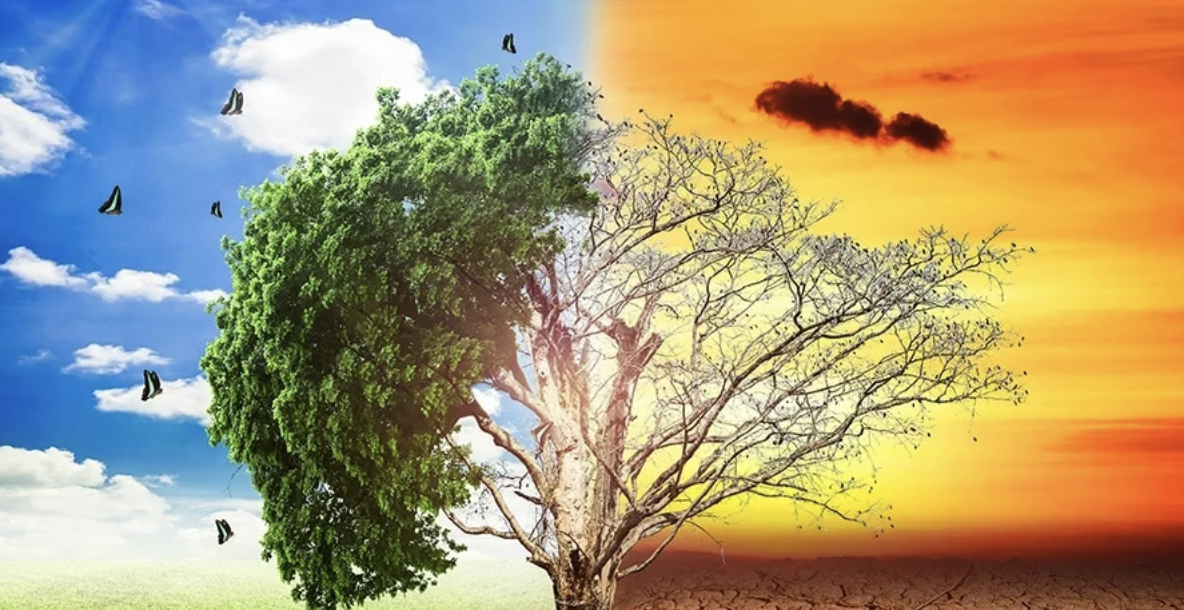
Climate change is a reality that we cannot ignore anymore. It is an urgent problem that requires immediate attention from all of us. Climate change is not just an environmental issue, but it has far-reaching consequences on our social, economic, and political systems. The adverse impacts of climate change can already be seen in many parts of the world, including India. Here are some examples of climate change and its impacts on India.
- Extreme Weather Events The frequency and intensity of extreme weather events like floods, droughts, heatwaves, and cyclones have increased due to climate change. India has experienced several extreme weather events in recent years, including the Chennai floods in 2015, the Kerala floods in 2018, and Cyclone Amphan in 2020. These events have caused loss of life, property, and livelihoods.
- Melting Glaciers The Himalayan glaciers are melting at an alarming rate due to rising temperatures. This has led to the formation of glacial lakes, which are a ticking time bomb. If these lakes burst, they can cause flash floods downstream, affecting millions of people.
- Water Scarcity Climate change has led to changes in the monsoon patterns, resulting in erratic rainfall and droughts in many parts of India. This has led to water scarcity, which is becoming a major issue in many parts of the country. According to a report by Niti Aayog, 21 Indian cities, including Delhi, Bengaluru, and Chennai, will run out of groundwater by 2020.
- Agricultural Losses Climate change is affecting agricultural productivity in India. Changes in temperature, rainfall, and extreme weather events are causing crop failures, reducing yields, and increasing pest attacks. This has led to losses for farmers, affecting their livelihoods and food security.
- Health Impacts Climate change is also affecting public health in India. The increasing frequency of heatwaves is leading to heat-related illnesses and deaths. Changes in temperature and rainfall patterns are also leading to the spread of vector-borne diseases like dengue, malaria, and chikungunya.
These are just a few examples of the impacts of climate change in India. The situation is only going to worsen if we do not take immediate action to mitigate and adapt to the effects of climate change. It is time for us to act collectively to reduce our carbon footprint and promote sustainable development.
Some of the steps that we can take to address climate change include:
- Reducing our reliance on fossil fuels and promoting renewable energy sources like solar, wind, and hydro power.
- Promoting energy efficiency in buildings, industries, and transportation.
- Promoting sustainable agriculture practices like organic farming and crop diversification.
- Conserving water resources and promoting rainwater harvesting.
- Promoting green urban spaces and reducing urban heat islands.
- Raising awareness about climate change and its impacts among the public.
- Implementing policies and regulations to reduce greenhouse gas emissions and promote sustainable development.
In conclusion, climate change is a global problem that requires urgent action from all of us. India, as a developing country, is particularly vulnerable to the adverse impacts of climate change. It is time for us to take concrete steps to address climate change and promote sustainable development.
